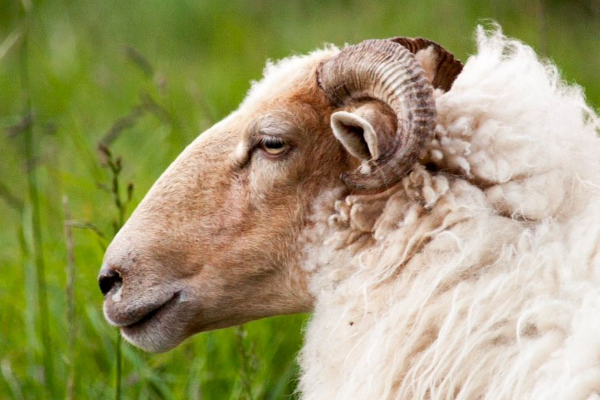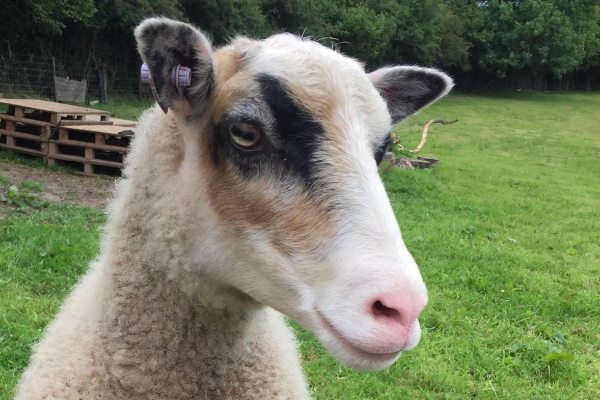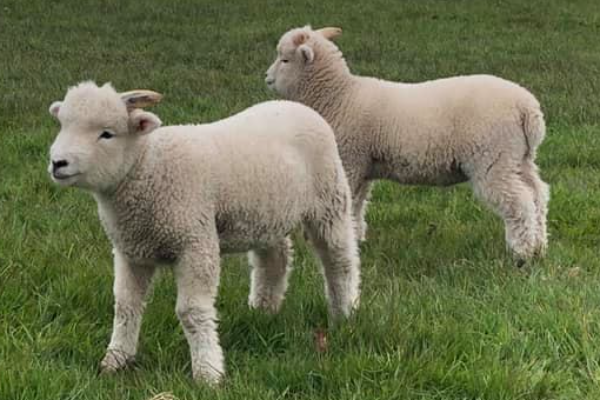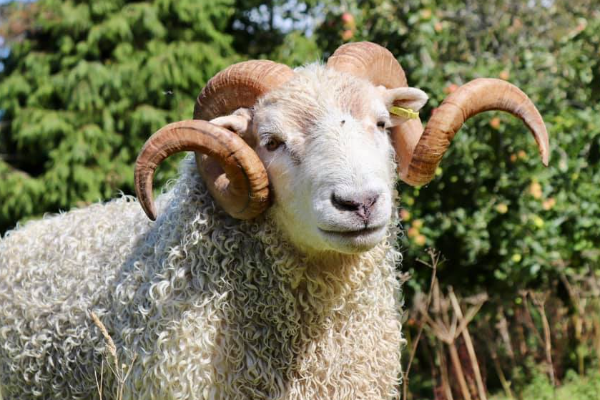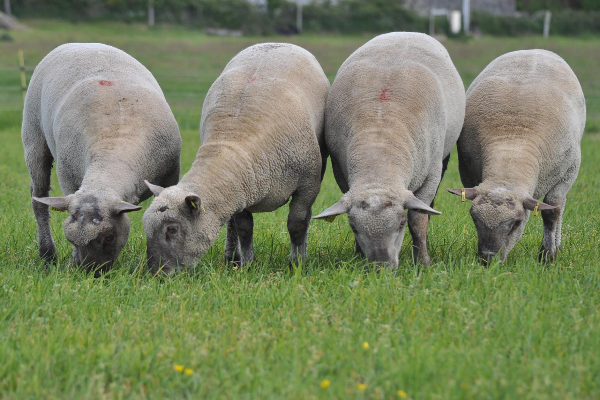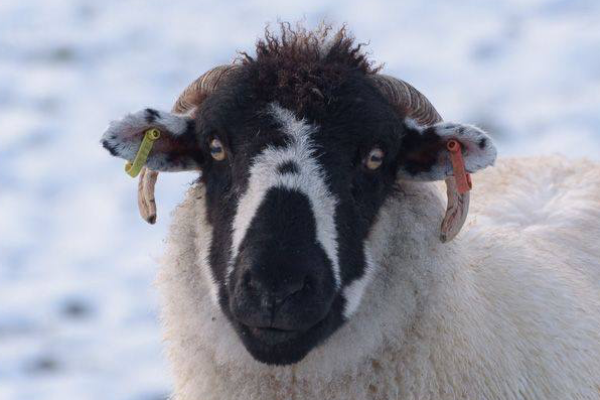Lonk Sheep
What Is The History Of Lonk Sheep?
The Lonk sheep breed is over two hundred years old and one of the largest hill breeds native to the UK. The name Lonk is said to be derived from the coarse herbage growing upon the moorlands of North Lancashire, West Riding, of Yorkshire, and part of Derbyshire, of which places this breed is native.
The Lonk Sheep Breeders Association and Flock Book Society of England issues the first volume of their flock book in 1905. They claim for the breed that it is especially adapted to mountainous districts.
What Are The Characteristics Of Lonk Sheep?

- The Lonk sheep are dual-purpose animals. They are raised for both meat and wool production.
- Lonk lamb has superb eating qualities, being fine-grained and naturally lean with a great flavour. It also produces a large carcass.
- The Lonk sheep, somewhat resembling the Black-faced Highland. It is heavier, longer, more upstanding, and has a larger head. The fleece is shorter, denser, finer, and somewhat heavier than that of the Blackface breed.
- It has mottled black and white legs and face, coupled with white fleece.
- There should be no wool upon the face and legs, but a small tuft upon the forehead and a fringe upon the hind legs. However, the wool comes up close behind the horns, which are to be found in both sexes.




- The horns are yellow, strong, stout and curled.
- The nose is thick, deep and the ears long.
- The chest is deep, while the back is long, and narrow across the lumbar region.
- The body is long and deep, compact, with plenty of length, while the tail is long, stout and straight.
- They make good weights, the meat is of an excellent quality.
- Lonk sheep are considered to be mountain sheep, but they do well on the lower lands.
- The Lonk sheep has the peculiar characteristic of being able to resist the effects of a damp soil. This makes them a distinct and peculiar breed for damp mossy land.


Lonk ewes are good, prolific mothers, crossed with continental and down rams regularly produces quick growing twins which can mature to killing weights in 12 weeks. Indeed the Lonk ewes have gained an enviable reputation for producing the right tight coated lamb with the extra length and the right fat-lean combination which is sought after by today’s selective markets.
The wool mainly used for making rugs, blankets, tweeds, hand knitting wools, Average fleece weight is 2 kg to 3 kg. Staple length 10 - 15 cm and Bradford count is 46 - 54.
What Is The Weight Of A Mature Lonk Sheep?

The average weight of Lonk ewes at maturity is 50 - 55 kg and Lonk rams weigh 75 - 90 kg.
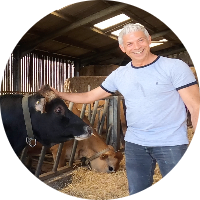
Written by
H Cetin KATIRCI
Online ShepherdBreedsMore
IllnessesMore
Forage cropsMore
![]() Патологическая физиология голодания Arina TARAN
Патологическая физиология голодания Arina TARAN![]() Дефицит фосфора (гипофосфатемия) Hipofosfatemi Arina TARAN
Дефицит фосфора (гипофосфатемия) Hipofosfatemi Arina TARAN![]() Какие бывают кормораздатчики для ферм КРС? Irina Makarova
Какие бывают кормораздатчики для ферм КРС? Irina Makarova![]() Кормушки для овец Diana Myakisheva
Кормушки для овец Diana Myakisheva![]() Питание домашних коз: что едят, виды корма и правила кормления Alina Arslantürk
Питание домашних коз: что едят, виды корма и правила кормления Alina Arslantürk![]() Важность минералов питании сельскохозяйственных животных Irina Makarova
Важность минералов питании сельскохозяйственных животных Irina Makarova


